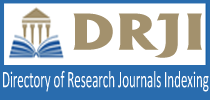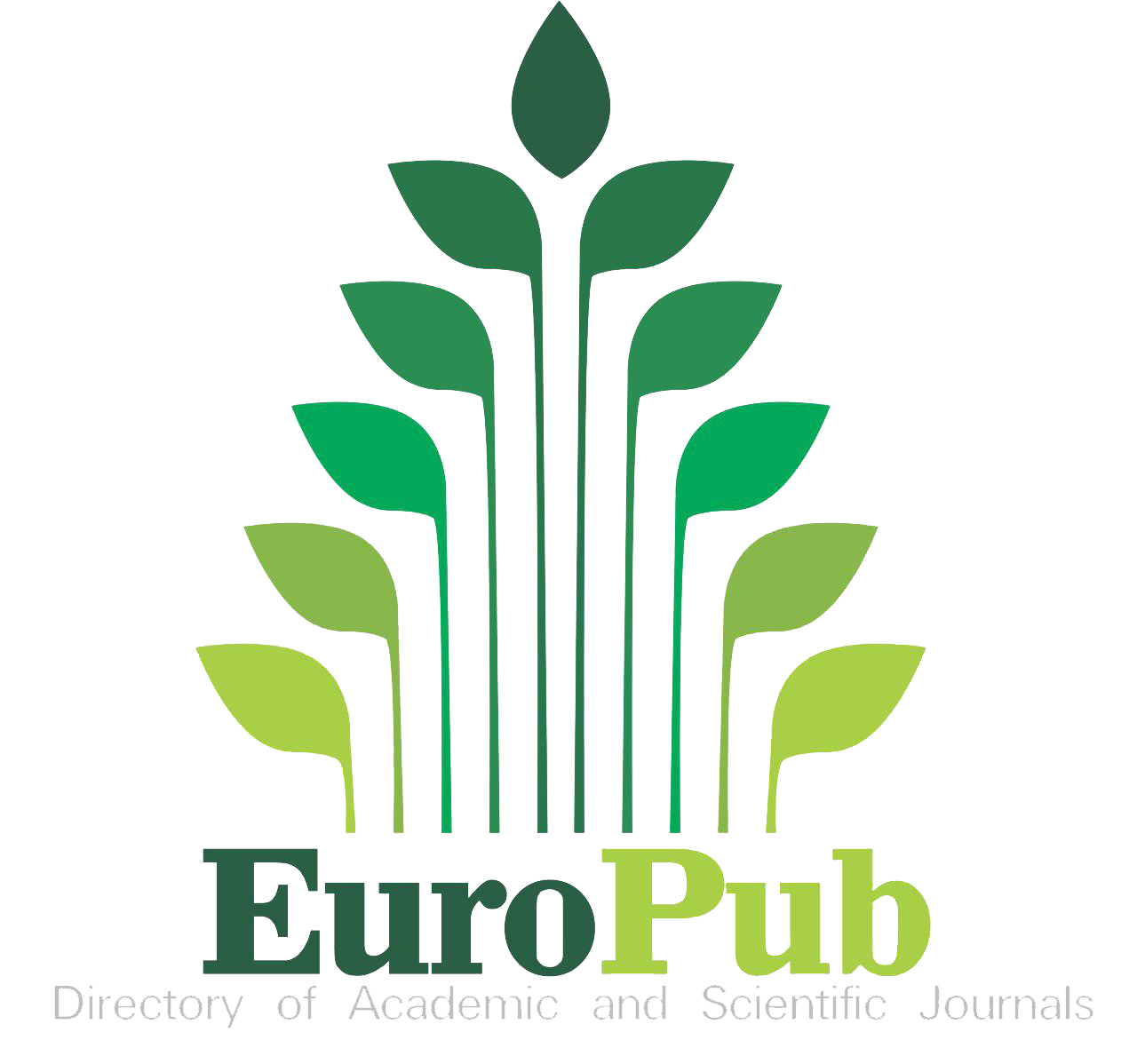
Articles are Open Access and Licensed under a Creative Commons Attribution-NonCommercial 4.0 International License.
Volume: 2 Issue: 2 - 2022
| COVER | |
| 1. | Cover GPT STUDIOS Page I |
| EDITORIAL | |
| 2. | Editorial Emine Cihangir, Kьbra Cihangir-Зamur, Mehmet Юeremet Page II |
| INVITED EDITORIAL | |
| 3. | Some Insights on Studio Courses in City and Regional Planning Education: A Personal Reflection Эlhan Tekeli doi: 10.5505/gpts.2022.55264 Pages 58 - 64 Abstract | |
| RESEARCH | |
| 4. | Accessibility Analysis of Green Spaces in Two Neighborhoods with Diverse Socio-Economic Status (SES) in Istanbul Эlayda Kэlэз, Fatih Terzi doi: 10.5505/gpts.2022.79188 Pages 65 - 76 Access to urban green spaces is an important issue that has been studied by different disciplines for a long time, especially in the fields of economy, environment, and urban studies. Urban green spaces contribute to the increase in the quality of urban life for individuals and have an important place in the relationship between space and a healthy life. Access to urban green spaces, on the other hand, is not the same for all segments of society and may vary due to social and economic inequalities in neighborhoods. In addition, the distribution and accessibility of urban green spaces within the city may not be of the same standard for every neighborhood. This inequality has become more visible, especially during the COVID-19 pandemic. This article explores whether there is a relationship between socio-economic status (SES) level and accessibility to urban green spaces. Bakэrkцy and Baрcэlar districts of Istanbul were chosen as sample areas because they are close to each other in terms of location, they are similar in terms of area and population, but their socio-economic status (SES) is different. Accessibility to green areas in these districts was evaluated according to the following indicators: a) the ratio of the amount of green area to the neighborhood area, b) the green area per capita, c) the average size of the green area and d) the ratio of the coverage of walking distance to the green space to the neighborhood. The research results reveal that there is a link between the socio-economic status (SES) index of the neighborhoods and the level of access to existing urban green spaces. |
| 5. | Destination Love Analysis Lake Van with Photographs and Comments Tuрзe Цzoрul Balyalэ, Ezgi Bayram Цz, Elvan Ocak doi: 10.5505/gpts.2022.39974 Pages 77 - 89 Visitor comments can be easily accessed thanks to the sharing of knowledge and experiences by way of online platforms. You can get an idea regarding the destination, products, and services you are curious about by making use of visitor experiences. The purpose of this research is to determine which elements stand out in the photographs and comments shared by visitors to Lake Van on the Tripadvisor website. 742 photographs and 278 comments created by visitors on the online sharing platform Tripadvisor formed the sample of this research. Photographs and comment analysis was performed on the photographs and comments through the MAXQDA qualitative data analysis program. As a result, visitor comments, comprising prominent components of Lake Van, analogies to Lake Van, prominent components of the city of Van, suggestions, and negative comments are gathered under five themes. Seven themes were obtained from the visitor photographs; local products, activities, attractions around Lake Van, reflections, flora-fauna, historical buildings, and islands. In general, it was understood that the visitors liked the unique view of Lake Van and described it as a must-see place. It is expected that these research outputs will provide an idea about the destination image to all stakeholders and visitors involved in the tourism movement. |
| 6. | Challenges and Opportunities in Van Destination’s Opening Up to the Iraqi Tourism Market Emre Karaduman, Mehmet Enis Acar, Merve Zengin, Cemalettin Sarэkaya doi: 10.5505/gpts.2022.21931 Pages 90 - 106 Tourism’s competitive nature and dynamics obligating renewal require conducting of local scale studies that would feature destinations’ competitive aspects and attraction elements. This study conducted in Van is of importance in terms of the current situation of tourism markets and problems/opportunities. The main purpose of this study is, through the opinions of the participants, who are on the supply side of the destination, assess Van’s current tourism potential in the eyes of Iraqi citizens with a critical point of view and reveal the impact and change with the knowledge in the field. Qualitative research design has been taken as basis as the research method. In this scope, face to face in-depth interviews were made with a total of 15 persons comprising representatives of public and private institutions and organisations working on Iraqi tourism, officials of civil society organisations, public staff having health tourism experience, officials of transport companies that organise travels from Van to Iraq, officials of travel agencies and accommodation sector in the collection of qualitative data. In the analysis of data, data collected with an interpretative perspective was studied with content analysis. Conclusions reached in this study can be summarised as Van could not unveil and manage its existing tourism potential due to various reasons in recent years; has a serious potential in terms of the tourism market; has the potential to get fast and effective results from the Iraqi tourism market; and planning of direct flights between Iraq and Van as a priority maintains its importance. |
| REVIEW | |
| 7. | Evaluation of Psychogeography in Planning as a New Spatial Methodology via ‘Walking Body’ Yasemin Эlkay doi: 10.5505/gpts.2022.29392 Pages 107 - 118 Psychogeography concentrates on how the environment penetrates the feelings and attitudes of individuals. Situationist International Movement raised the concept in 1950s within artistic motives, however the concept evolved with a political content and turned out to be ‘a political tool to transform the urban everyday life’ via the term, Dйrive, implying ‘deviation’ and ‘resistance’. However, how psychogeography can present an epistemological input in spatial analyses is the matter in question. Although adopting the ambiguous methods of psychogeography to planning is problematical, the knowledge gathered from daily walks and spontaneous dйrives of citizens would enable the researcher to capture a unique and wholistic frame of the psychological-physical gap between ‘what is designed’ and ‘what is experienced’ in urban daily life and spatial patterning. The occupancy space pattern with nodes and routes, the mental representations and spatial repertoires result in a two-folded map: Real/concrete/physical map and personal/abstract/psychogeographic map. The main question of this study is: “What kind of a knowledge can psychogeography present to planning via ‘representations of walking experience’ with reference to the two-folded map assumption?”. This question will be answered within ontological, epistemological, and methodological scales via theoretical and practical readings on the subjects of psychogeography, spatial topology, and place attachment. In the introduction part, the definition of psychogeography will be discussed. Constructing the methodology section, the epistemology of ‘walking body’ and the ontology of urban space will be held in relation. As the findings, the review of the related studies will be evaluated in relation with planning, space and psychogeography. |











